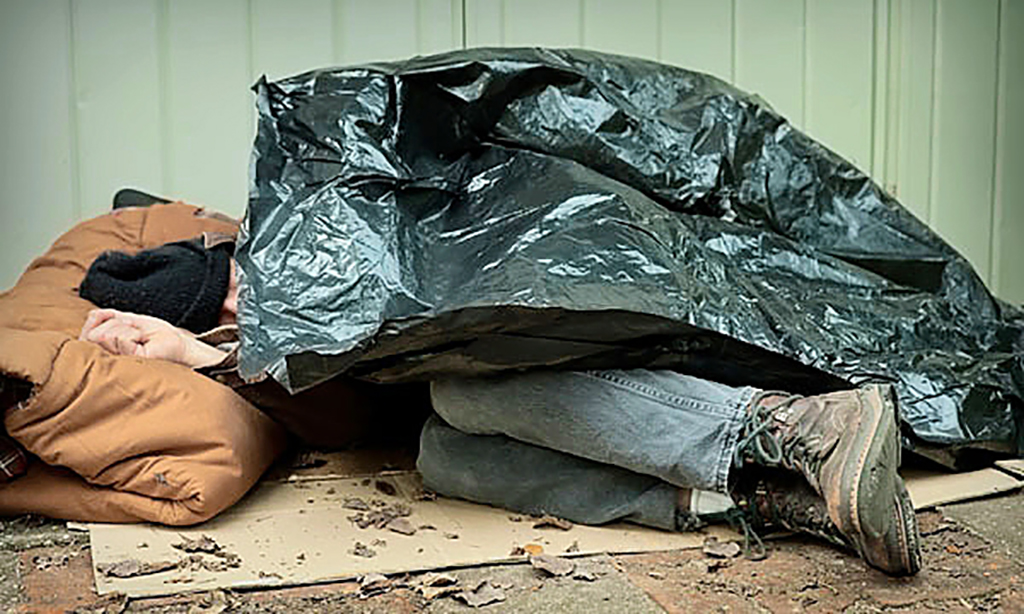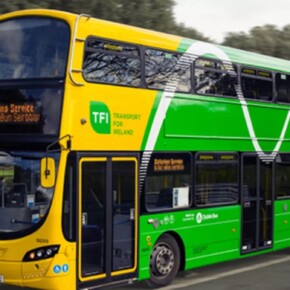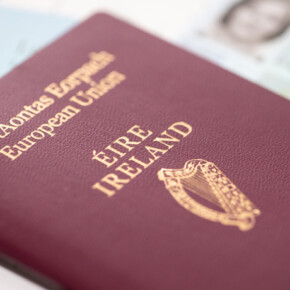Remembering the Devil’s Own mutiny
Dublin People 07 Nov 2014IN the aftermath of World War 1, the Connaught Rangers, an Irish regiment in the British army known as the
‘Devil’s Own’, were stationed as peacekeepers in India.
Despite serving in the British Army, many of these men had been deeply influenced by the 1916 Rising and held strong republican beliefs.
As news of the campaign of terror being waged by the Black and Tans in Ireland began to reach them, they decided to act.
On June 27 1920, Joseph Hawes met in the wet canteen of Jalander Barracks, Punjab, North East India, with William Daly, Patrick Gogarty, Paddy Sweeny and Stephen Lally.
The latest newspapers had just arrived from Ireland and reported the details of further British atrocities. Hawes had just returned from leave in County Clare. He gave his comrades a first-hand account of the brutal repression being inflicted by the British army and the Black and Tans on republicans and the general population at home.
This group of friends agreed that their
‘peacekeeping’ mission in India was very similar to the role of the Black and Tans in Ireland.
They couldn’t demand the freedom of their own country while holding down the people of another. Something had to be done. They decided that they would refuse to serve in the British army any longer. They knew deserters were likely to be shot. However, at daybreak, at great risk, they took a stand for Ireland.
Shortly after 8am Joe Hawes, Paddy Sweeny, Patrick Gogarty and Stephen Lally reported to the guardroom and asked to be arrested. William had pulled out of the plan. News of their protest began to spread fast and it resonated with other members of the Connaught rangers.
At 9am, 30 more soldiers joined the protest, including the armed duty guard. Republican songs and slogans could be heard from the Guardroom.
By the evening of June 28, 150 soldiers had joined the protest. What began as a small protest was now a mutiny in support of Irish freedom. A committee was elected by the mutineers and they agreed to hold onto their arms.
The republicans now took control of the Barracks. Their aim was to make the world aware of their action in support of Ireland. The mutiny was explained to the local Indian traders.
Many saw it as an act of anti imperialist solidarity and provided the mutineers with green white and orange material to make flags. The Tricolour soon replaced the Union flag above Jalander Barracks.
Messengers were sent to a nearby regiment of Connaught Rangers based 10 miles away at Solon.
Led by Private James Daly of Tyrellspass, Westmeath, 40 rangers immediately joined the mutiny. They took over the barracks and hoisted the Tricolour.
Two rangers were killed during the battle for control of the armoury. As British reinforcements arrived at both locations the republican mutineers were arrested and imprisoned in Dagshai Prison.
Eighty-eight mutineers were court marshalled. Nineteen were sentenced to death, 59 were given sentences of up to 15 years’ imprisonment and 10 were acquitted.
Of the 19 sentenced to death, 18 had their punishment reduced to life imprisonment.
The British refused to pardon James Daly, the 21-year-old leader of the mutiny at Solon. On November 2, 1920, James Daly was shot by British firing squad and died for Ireland.
Following negotiations between the Government of the Irish Free State and the British, the imprisoned mutineers were released in January 9 1923. A monument to their memory now stands in Glasnevin Cemetery.











